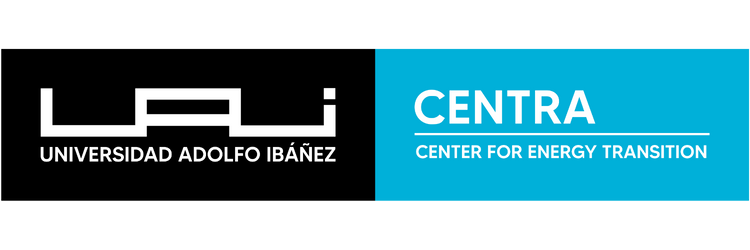Technology is at the service of energy efficiency
March 19, 2022
Published in La Tercera.
Saving electricity and energy is not only necessary for our wallets but also crucial for reducing environmental impacts. In recent years, various technologies have been developed to manage energy resources sustainably.
By Jessica Vera Uribe
Sustainable energy resource management helps protect natural resources, making it essential to take action to reduce human impact and promote energy-efficient use across various sectors, including households.
“The last decade has seen significant investment in more energy-efficient products, incorporating technologies that provide the same level of service while consuming less energy. LED lighting, split heating and cooling systems, and improvements in thermal insulation are some of the innovations that have enabled homes and businesses to reduce their energy consumption—sometimes even enhancing service levels,” says Rodrigo Carrasco, academic at the Center for Energy Transition (CENTRA) at Universidad Adolfo Ibáñez (UAI).
The expert highlights that the next major leap in energy efficiency is linked to intelligent energy consumption management.
“Several factors are enabling these new systems, including the availability of large datasets, interconnectivity of systems to the grid, and the development of algorithms capable of making rapid decisions even under uncertainty. These conditions and enabling technologies allow us to develop applications that reduce travel time, smart home systems that detect the absence of people and adjust energy use accordingly, and energy management systems that provide recommendations on how to consume less power. This is what we call prescriptive analytics, which, combined with predictive systems, is helping us reduce energy consumption in smart systems,” explains Carrasco.
Energy Efficiency in Industrial Processes
Organizations have been adapting their processes to optimize energy consumption, leveraging technologies that maximize resource use and extend the lifespan of materials.
*”One of the main strategies has been analyzing industrial processes to repurpose byproducts for energy generation, either as electricity or thermal energy, which is then reused elsewhere in the process. Another method involves analyzing energy consumption within industrial operations to identify efficiencies—for example, instead of using energy to heat water that will later need cooling, companies can partially heat it at the beginning and only heat the necessary portions to the required temperature. These types of process improvements allow businesses to maintain production while optimizing *energy use, workforce efficiency, and raw material utilization,” notes the CENTRA UAI researcher.
Practical Energy-Saving Tips for Homes and Offices
For homes and offices, improving energy efficiency should be a top priority. Key steps include:
- Using LED lighting instead of incandescent or fluorescent bulbs.
- Replacing old appliances with high-efficiency models (rated A or higher).
- Regularly maintaining devices by cleaning filters and mobile parts.
“Today, smart home automation (domotics) systems help monitor electricity consumption, sending alerts for abnormal or excessive usage, and even automatically shutting down power to devices when they are not needed,” explains Carrasco.
With these advances, both households and businesses can reduce energy consumption, minimize waste, and contribute to a more sustainable future.

